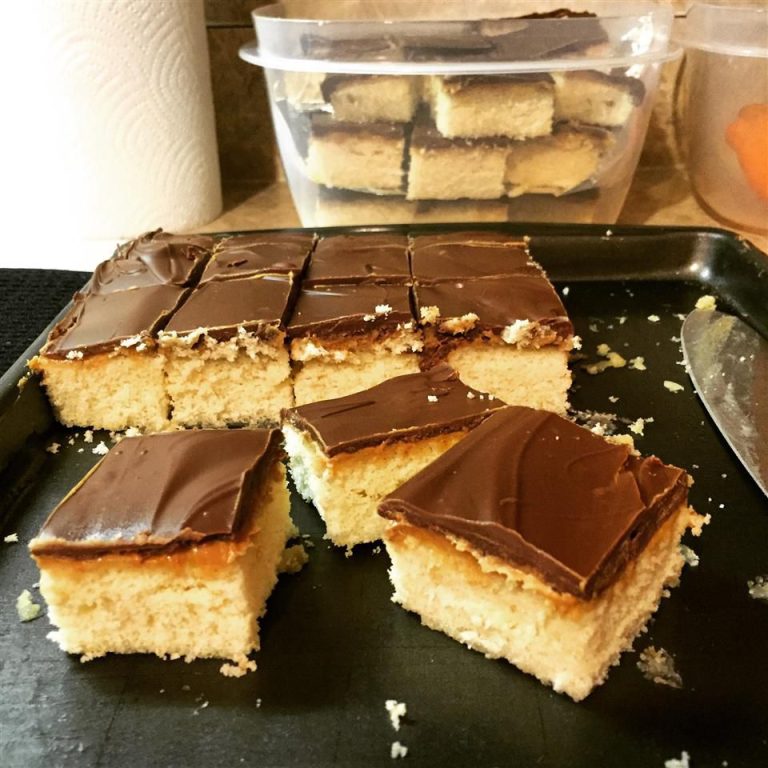Basic Burger: Tips, Cooking Methods, and Serving Suggestions
High-quality ingredients ensure your burger stands out. Choose fresh ground beef with an 80/20 meat-to-fat ratio for juicy patties. Look for fresh, soft buns that complement the meat’s texture. Opt for fresh lettuce, ripe tomatoes, and crisp pickles. Use aged cheddar or Swiss cheese for heightened flavor.
The Right Cooking Techniques
Proper cooking techniques lock in flavor and juiciness. Preheat your grill or pan to high heat. Form patties gently to avoid overworking the meat. Season both sides of the patty with salt and pepper. Cook patties for 3-4 minutes on each side for a perfect medium-rare finish. Use a digital thermometer, ensuring the internal temperature reaches 160°F for safety. Toast the buns lightly for added texture and flavor.
Building the Perfect Basic Burger
Importance of the Patty
Select the patty with care since it’s the foundation of your burger. Aim for a high-quality ground beef blend with an 80/20 meat-to-fat ratio. The fat adds flavor and keeps the patty juicy. Form patties gently to avoid compacting the meat, which can lead to tough burgers. Each patty should weigh about 6-8 ounces. Use your thumb to create a small indentation in the center of each patty; this prevents them from puffing up during cooking. Season generously with salt and pepper right before placing them on the grill or stovetop to enhance the natural beef flavors.
Selection of Buns and Toppings
Choose soft buns, like brioche or potato rolls, to complement your burger’s juiciness. Ensure buns are slightly larger than the patties to hold all the ingredients without overpowering them. Toast buns lightly on the grill or stovetop for added texture and a touch of sweetness.
Select fresh, high-quality toppings to elevate your burger. Use crisp lettuce, juicy tomatoes, and onions for crunch and flavor. Add pickles for a tangy contrast. Include aged cheese, like cheddar or Swiss, for a rich, savory element. For condiments, use classic options like ketchup, mustard, and mayonnaise. Opt for a balance of flavors and textures to create a harmonious bite in every mouthful.
Cooking the Burger to Perfection
Grilling vs. Pan-Frying
Grilling and pan-frying offer distinct methods to cook burgers, each producing unique flavors and textures. Grilling imparts a smoky char that’s hard to replicate in a pan. Use direct heat for a crusty exterior and juicy interior. Flip the patty once for consistent cooking.
Pan-frying, ideal for indoor cooking, provides control over temperature. Use a cast-iron skillet to achieve an even sear. Add a small amount of oil to prevent sticking. Pan-frying captures more juices, making the burger moist.
Internal Temperature and Juiciness
Achieving the right internal temperature is crucial for a juicy burger. Use a meat thermometer for accuracy. For medium-rare, target 130°F to 135°F. For medium, aim for 140°F to 145°F. Cook burgers past 160°F, and they lose juiciness.
Let burgers rest for a few minutes before serving if you want juices to redistribute. This step preserves moisture within the patty. Avoid pressing down on the burger while cooking, or juices will escape, leading to a dry texture.
Serving Suggestions for the Perfect Basic Burger
Accompaniments and Side Dishes
Burgers become more enjoyable with the right accompaniments and side dishes. Fresh vegetables like lettuce, tomatoes, and pickles add crunch and flavor. Cheeses such as cheddar, Swiss, and American enhance richness. Condiments like ketchup, mustard, and mayo offer varying tastes. Consider adding grilled onions, mushrooms, or bacon for an extra layer of flavor.
Side dishes elevate your burger meal. Classic options include french fries, onion rings, and coleslaw. For a healthier touch, offer a salad or grilled vegetables. Potato salad and baked beans add a hearty element to your plate. Seasonal fruits like watermelon or berries provide a refreshing contrast.
Presentation Tips
Proper presentation makes your burger more appealing. Use a clean, well-sized plate for each burger. Place the burger centrally and stack toppings neatly to avoid a messy appearance. Avoid overloading the burger since excessive toppings can make it difficult to eat.
Add color to your plate with vibrant side dishes to make it more visually attractive. Garnish with fresh herbs like parsley or cilantro for a touch of freshness. Use a small ramekin for sauces to keep the plate organized and tidy. These presentation tips help elevate a basic burger to a visually appealing meal.
Conclusion
Mastering the perfect basic burger is an art that combines the right cooking techniques with thoughtful presentation. By focusing on internal temperature and allowing your burgers to rest, you ensure a juicy and flavorful bite every time. Elevate your burger experience with fresh vegetables, cheeses, and condiments, while considering side dishes that complement your meal. Whether you opt for classic fries or a healthy salad, a clean plate with neatly stacked toppings and colorful sides will make your burger not just delicious but visually appealing. Enjoy crafting the perfect basic burger and savor every bite!






